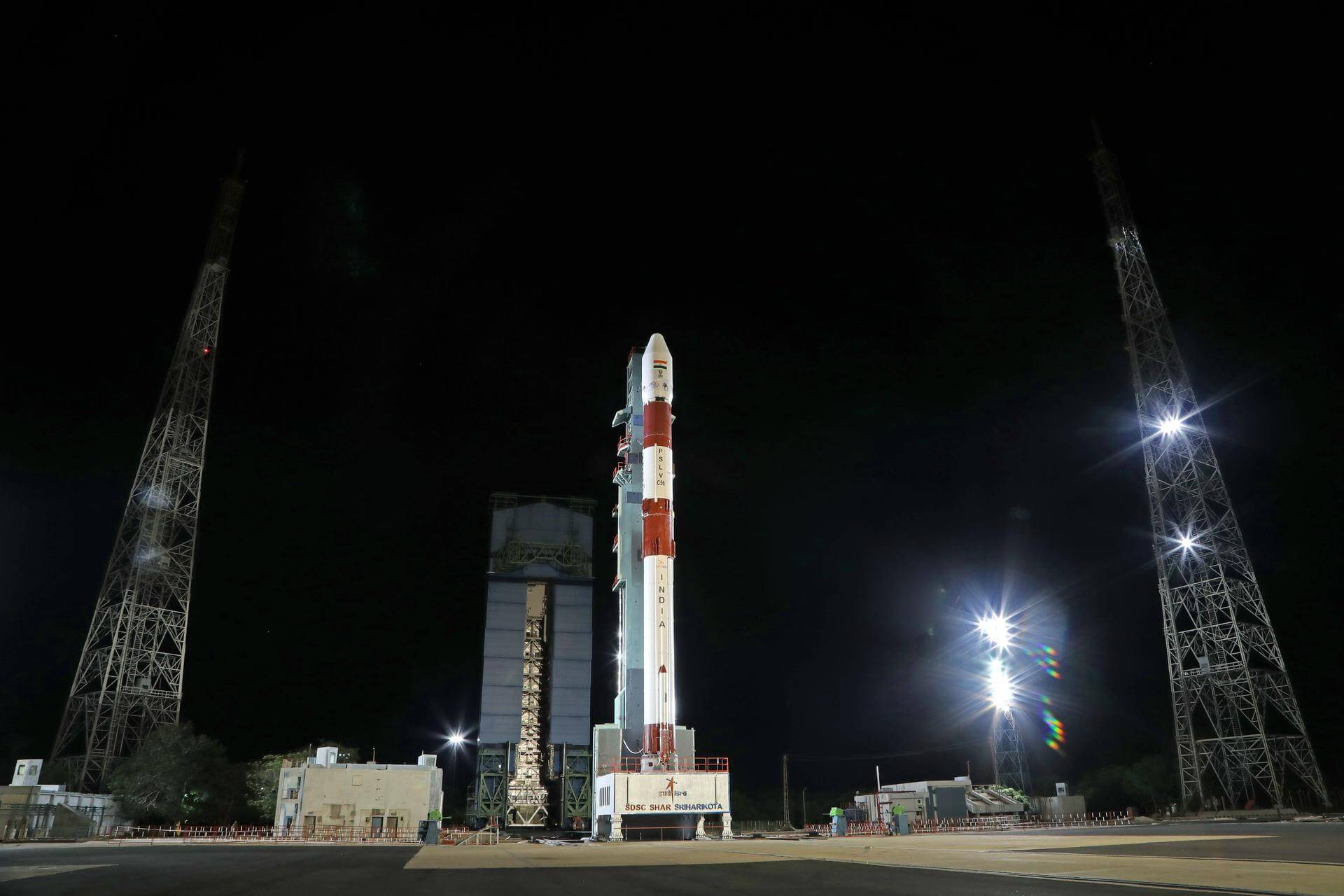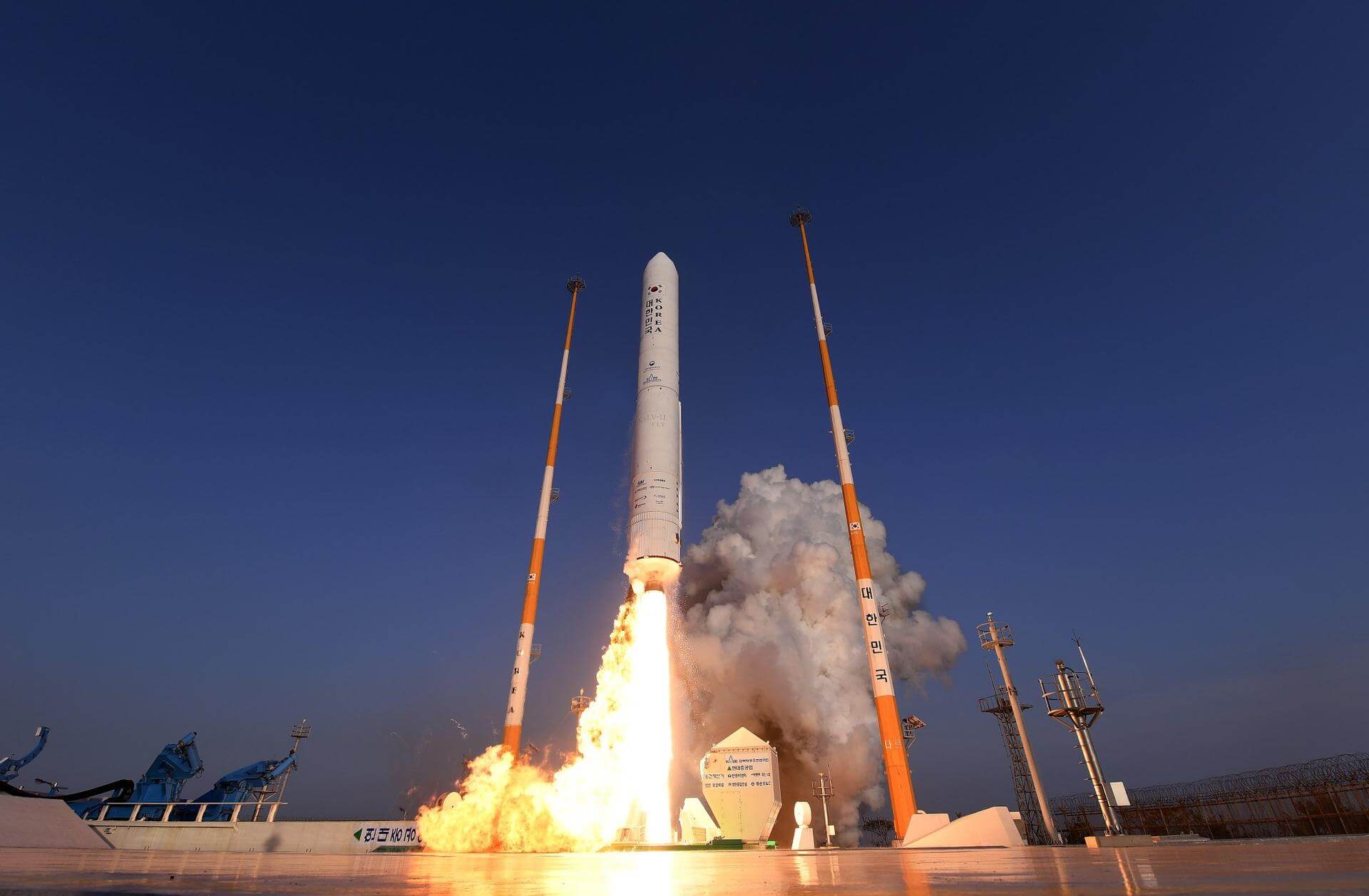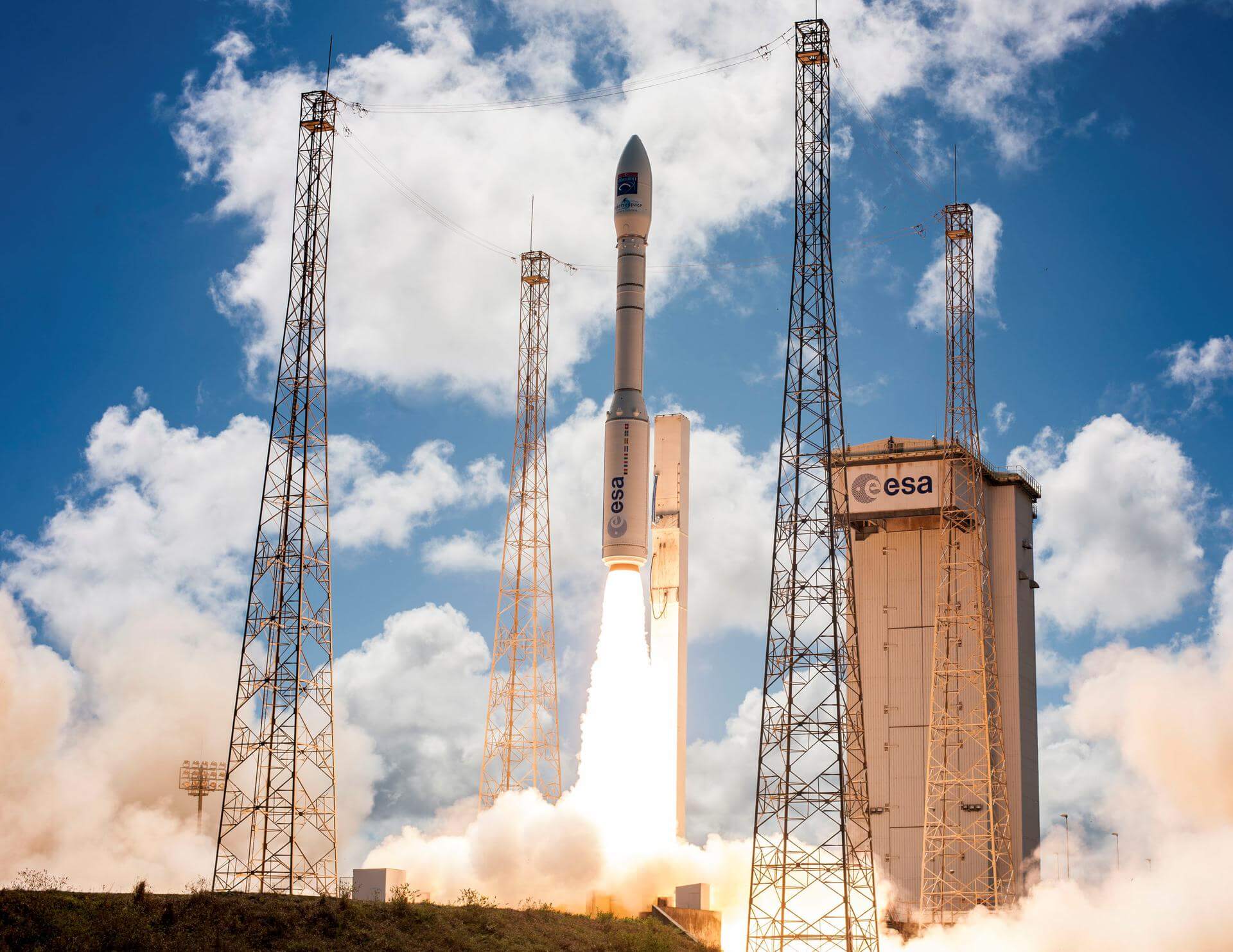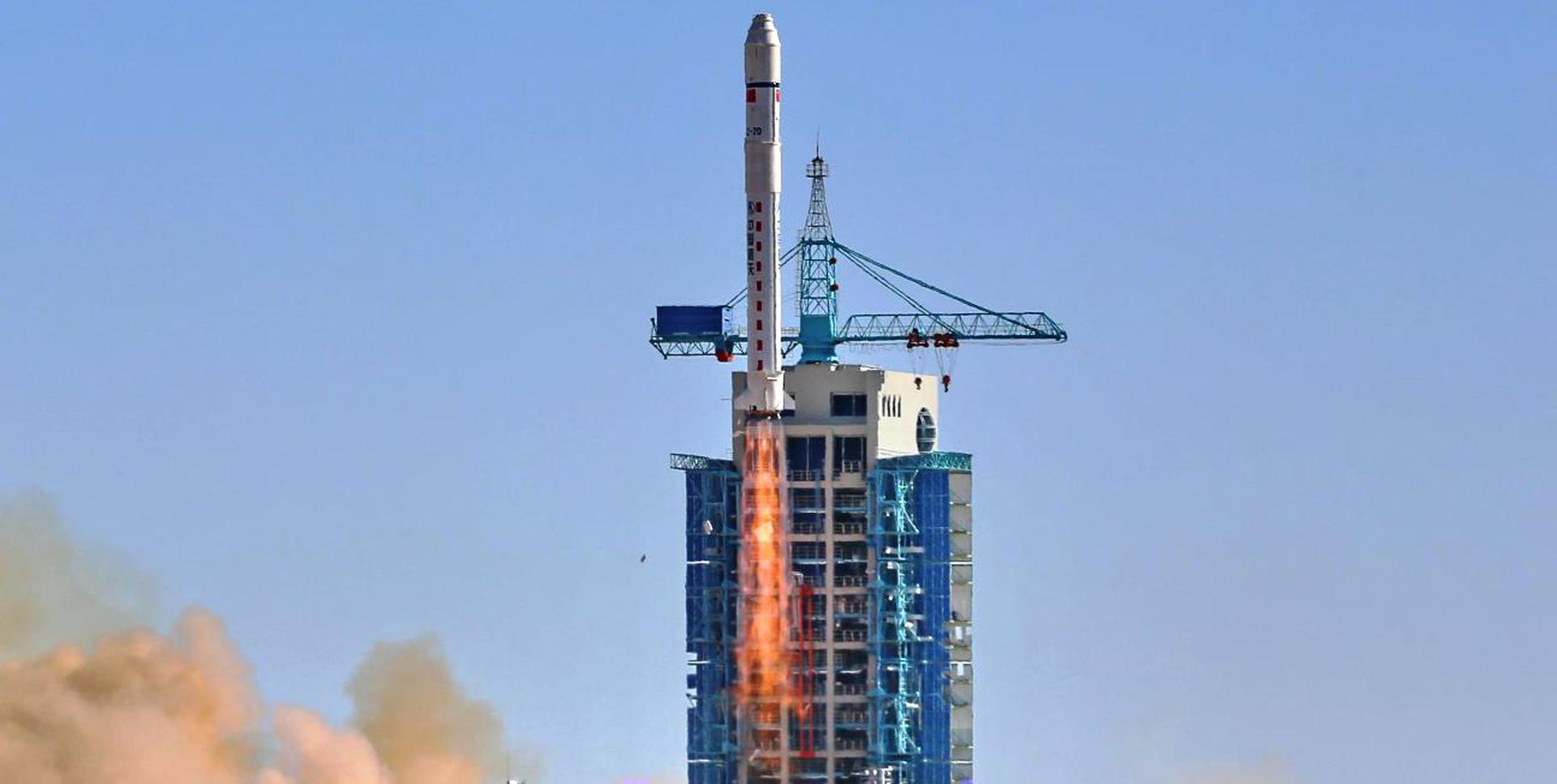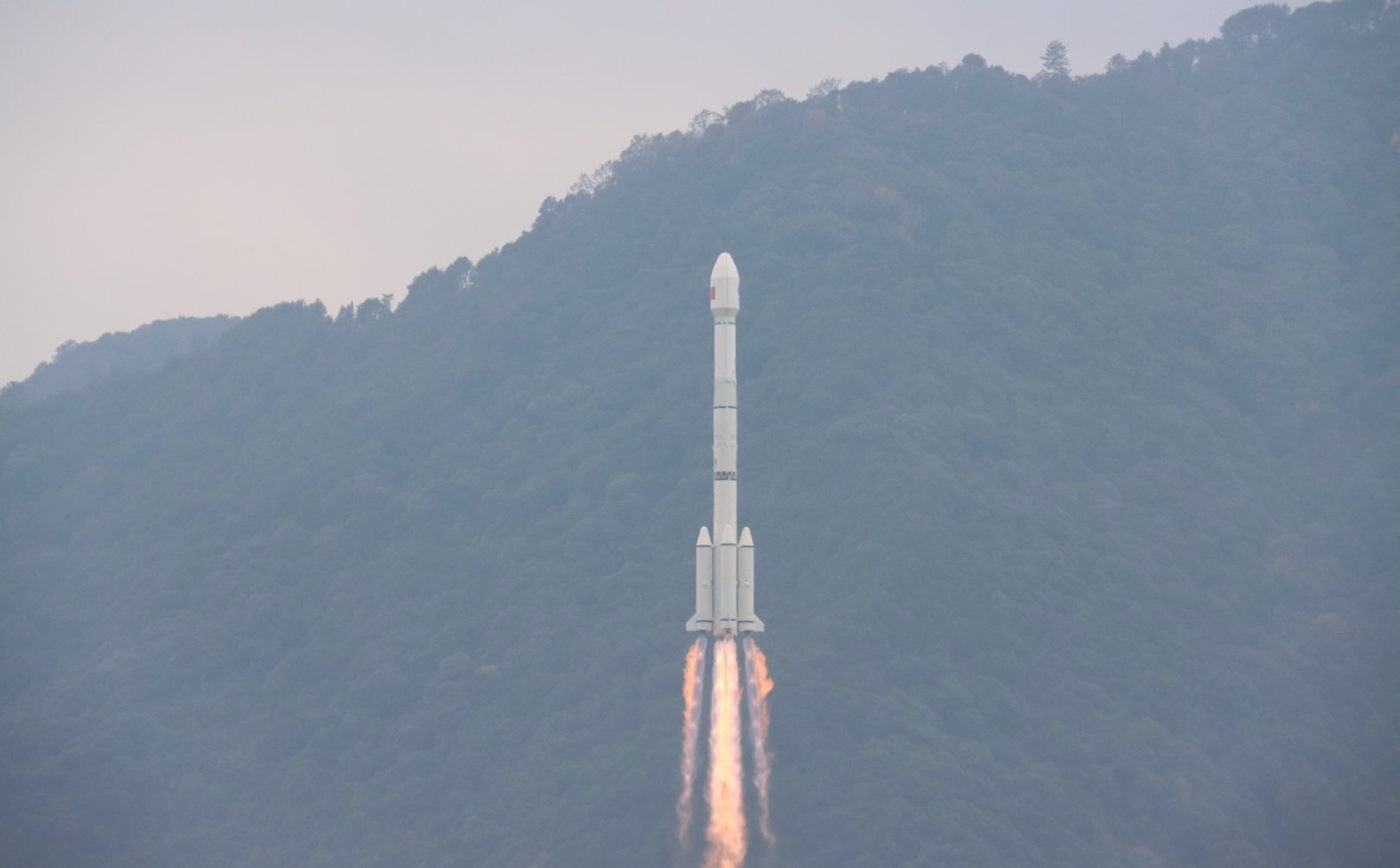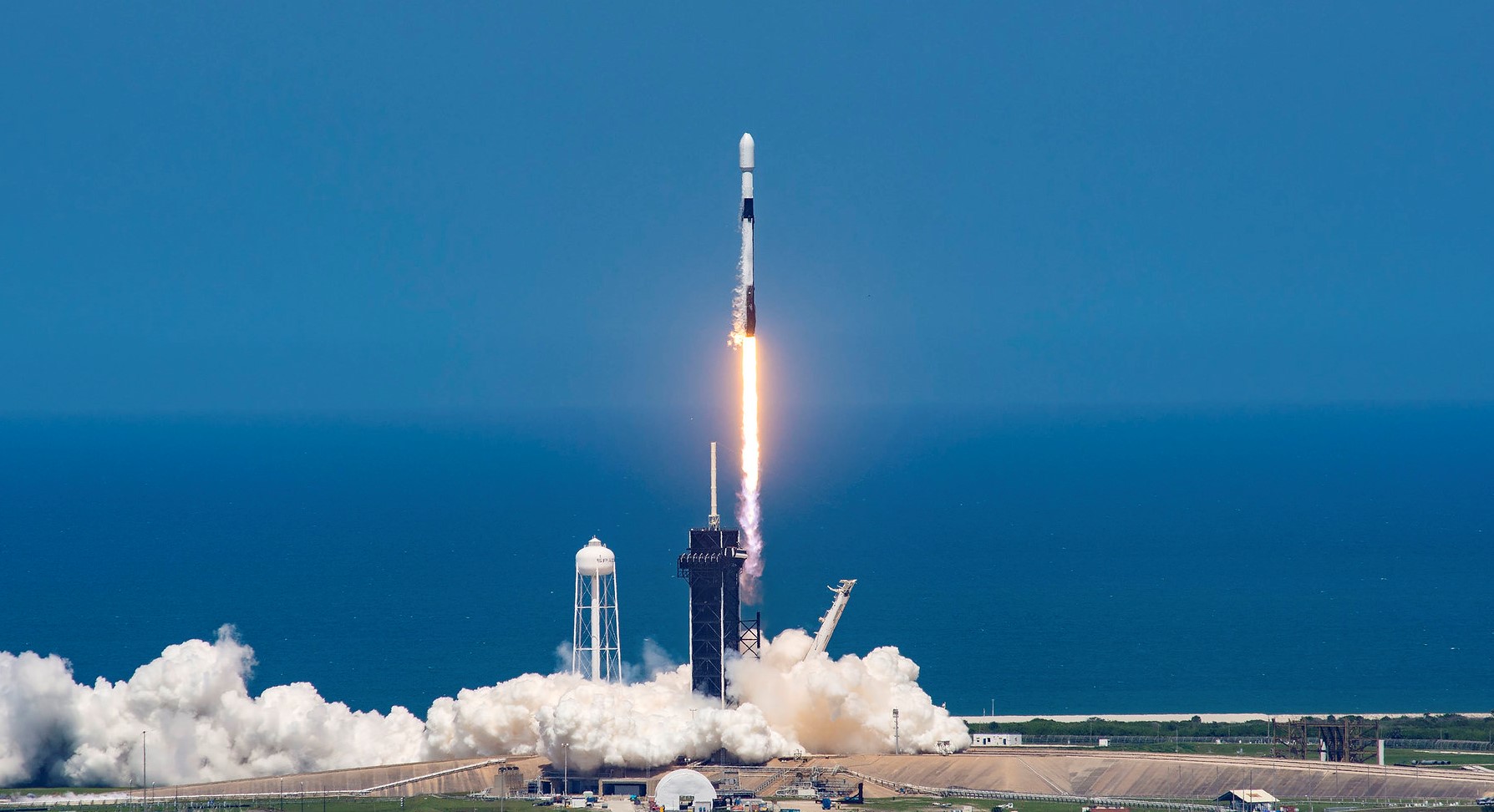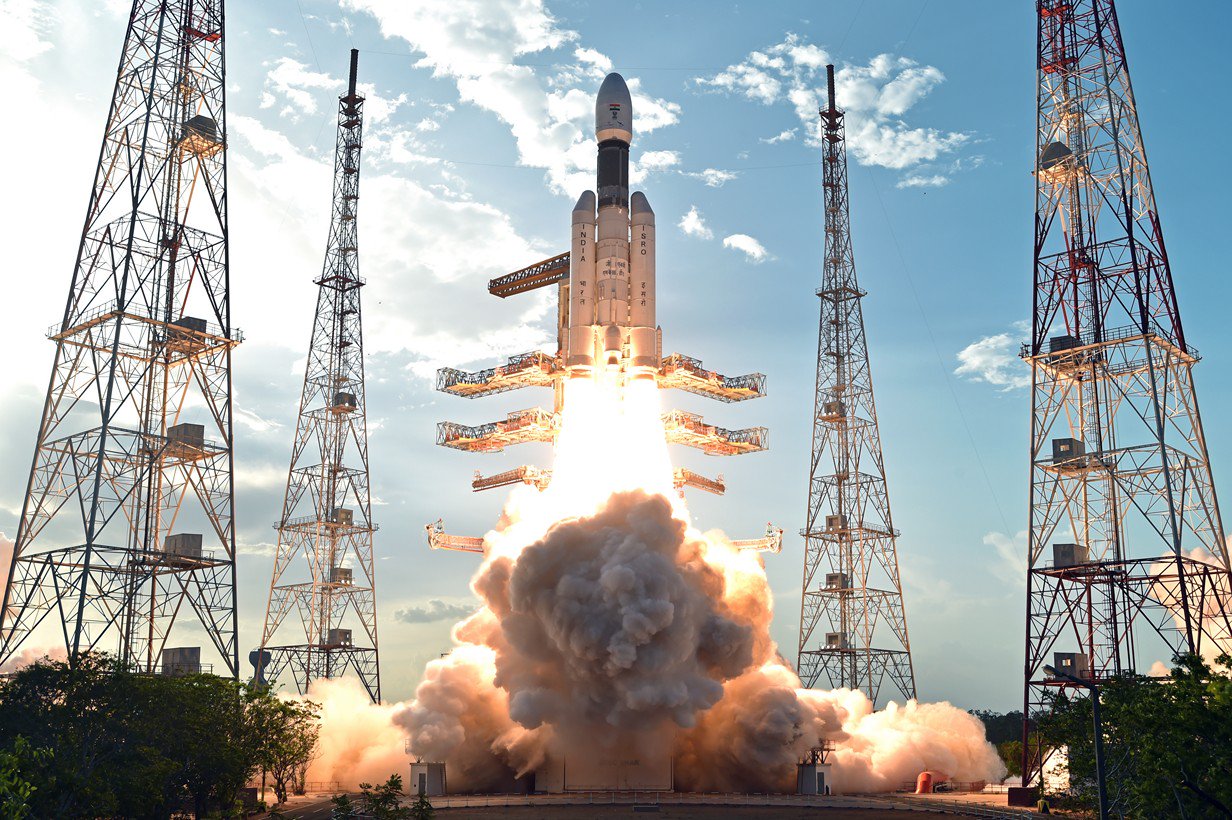Previous Spaceflight Launches
Filter by Agency, Locations or Vehicles
Show All LaunchesPSLV-CA | HysIS
Indian Space Research Organization | IndiaSatish Dhawan Space Centre, India
Nov. 29, 2018, 4:27 a.m.
Status: Launch Successful
Mission:
HysIS (Hyperspectral Imaging Spectrometer) is a small Indian earth observation satellite developed by ISRO. The primary goal of HysIS is to study the earth’s surface in visible, near infrared and shortwave infrared regions of the electromagnetic spectrum. It is launched along with 30 small satellites and cubesats for international companies.
Sun-Synchronous Orbit #HysISKSLV-2-TLV | Test Flight
Korea Aerospace Research Institute | South KoreaNaro Space Center, South Korea
Nov. 28, 2018, 7 a.m.
Vega | Mohammed VI-B
Avio S.p.A | ItalyGuiana Space Centre, French Guiana
Nov. 21, 2018, 1:42 a.m.
Status: Launch Successful
Mission:
A second Earth observation satellite for the Kingdom of Morocco. It was developed by Thales Alenia Space and Airbus. Satellite will be in particular used for mapping and land surveying activities, regional development, agricultural monitoring, the prevention and management of natural disasters, monitoring changes in the environment and desertification, as well as border and coastal surveillance.
Sun-Synchronous OrbitLong March 2D | Shiyan 6, Jiading-1 (OKW-1) & others
China Aerospace Science and Technology Corporation | ChinaJiuquan Satellite Launch Center, People's Republic of China
Nov. 19, 2018, 11:40 p.m.
Status: Launch Successful
Mission:
Shiyan 6 is the main payload of the launch and is reported to be used for "space environment measurements and related technical tests". It was launched along with 4 small satellites, among which are a China's first privately designed low Earth orbit communications satellite Jiading-1 and China's first software-based satellite Tianzhi-1.
Low Earth OrbitLong March 3B / YZ-1 | Beidou-3 M17 & M18
China Aerospace Science and Technology Corporation | ChinaXichang Satellite Launch Center, People's Republic of China
Nov. 18, 2018, 6:07 p.m.
Antares 230 | Cygnus CRS NG-10 (S.S. John Young)
Northrop Grumman Space Systems | United States of AmericaWallops Flight Facility, Virginia, USA
Nov. 17, 2018, 9:01 a.m.
Soyuz-FG | Progress MS-10 (71P)
Progress Rocket Space Center | RussiaBaikonur Cosmodrome, Republic of Kazakhstan
Nov. 16, 2018, 6:14 p.m.
Falcon 9 Block 5 | Es'hail 2
SpaceX | United States of AmericaKennedy Space Center, FL, USA
Nov. 15, 2018, 8:46 p.m.
Status: Launch Successful
Mission:
Es'hail 2 is a communications satellite operated by a Quatar based company. The satellite will operate at 26 degrees East longitude along a geostationary orbit to provide direct-to-home television services in the Middle East and North Africa region.
Geostationary Transfer Orbit #EsHail2 B1047 - Flight Proven ( ) Of Course I Still Love YouLVM-3 | GSAT-29
Indian Space Research Organization | IndiaSatish Dhawan Space Centre, India
Nov. 14, 2018, 11:38 a.m.
Electron | It's Business Time (Rideshare)
Rocket Lab | United States of AmericaRocket Lab Launch Complex 1, Mahia Peninsula, New Zealand
Nov. 11, 2018, 3:50 a.m.
Status: Launch Successful
Mission:
Electron's first commercial launch will feature two Lemur-2 cubesats for Spire Global, a single cubesat for GeoOptics, a NABEO drag sail demonstrator for High Performance Space Structure Systems, an IRVINE01 cubesat from the Irvine CubeSat STEM Program, and two Proxima cubesats from Fleet Space Technologies.
Low Earth Orbit #ItsBusinessTime